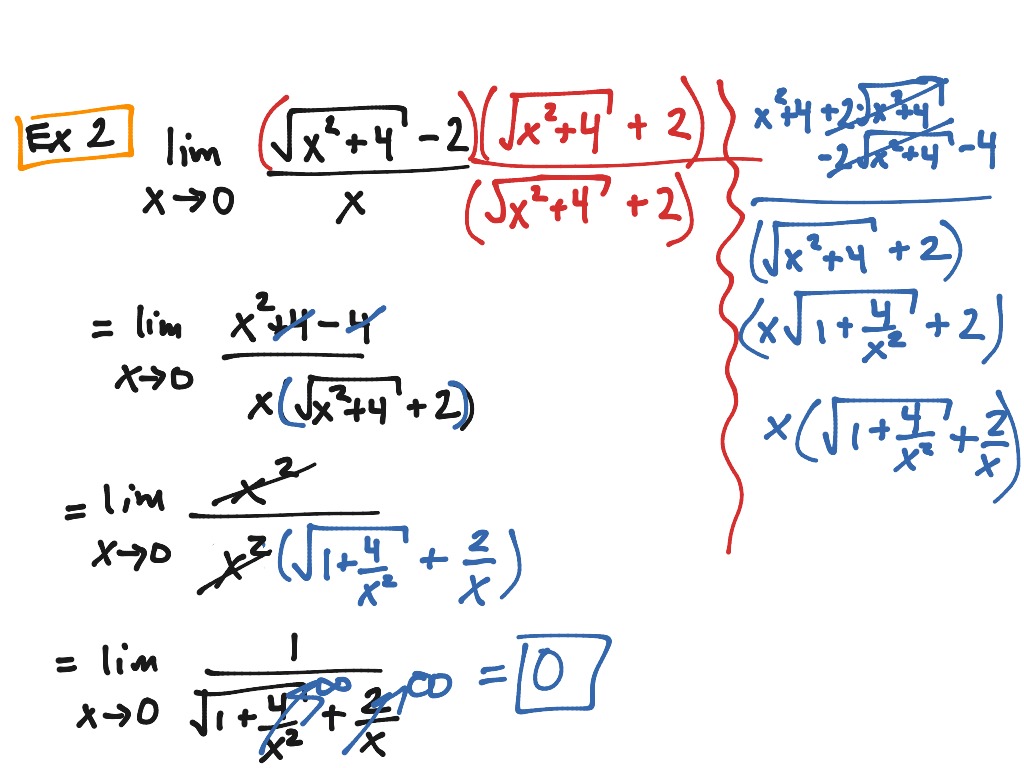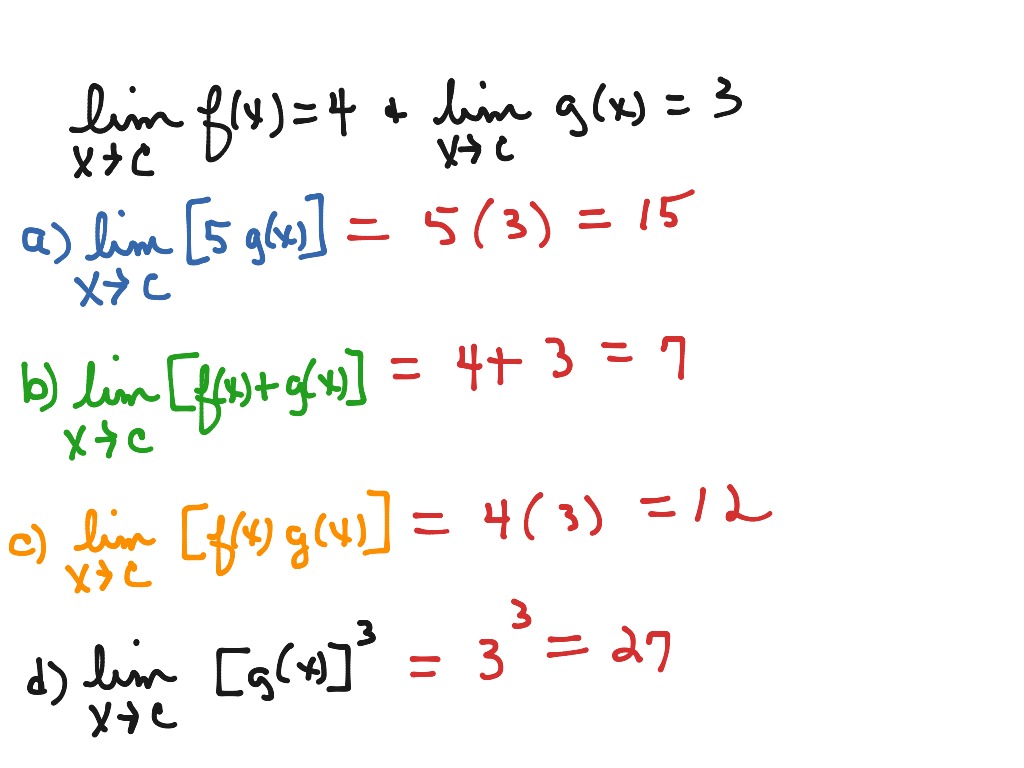
WAVE platform encourages your Online engagement with the Master Teachers. We provide you year-long structured coaching classes for CBSE and ICSE Board & JEE and NEET entrance exam preparation at affordable tuition fees, with an exclusive session for clearing doubts, ensuring that neither you nor the topics remain unattended. We have grown leaps and bounds to be the best Online Tuition Website in India with immensely talented Vedantu Master Teachers, from the most reputed institutions. Vedantu LIVE Online Master Classes is an incredibly personalized tutoring platform for you, while you are staying at your home.

Now, we can substitute $y =1$ to the limit
#Finding limits in calculus rules how to#
Let us understand how to calculate limit by factoring with an example:Įvaluate $\lim_$ Limit by factoring is a method for evaluating limits that require determining and evaluating common factors. Let us learn different methods on how to evaluate limits: Limit by Factoring In this article, we will discuss how to find the limit of a function using different evaluation methods. If we find that the limit is continuous at the point where we are evaluating it, we simply substitute the value and solve the function. When evaluating limits, we first check to see if the function is continuous. The limit of a function is read as “ Limit of $f(x)$ as $x$ approaches $k$ is $L$”.Įvaluating Limits means to determine the value that the function is approaching at a certain point. Mathematically, the limit of a function is represented as: Note that the actual values are irrelevant to the value of limit. In other words, a function is said to have a Limit L at $x$ if it is possible to make the function arbitrarily close to $L$ by selecting the value closer and closer to $x$. The limit of a function at a point xin its domain is a value that a function approaches as its argument approaches $x$. We know that the limit of both -1/x and 1/x as x approaches either positive or negative infinity is zero, therefore the limit of sin(x)/x as x approaches either positive or negative infinity is zero.Limit is the basic theory of Calculus and Analysis. Since sin(x) is always somewhere in the range of -1 and 1, we can set g(x) equal to -1/x and h(x) equal to 1/x. So, to make calculations, engineers will approximate a function using small differences in the function and then try and calculate the derivative of the function by having smaller and smaller spacing in the function sample intervals. Limits are also used as real-life approximations to calculating derivatives. How Are Calculus Limits Used in Real Life? The one-sided *right* limit of f at x=0 is 1, and the one-sided *left* limit at x=0 is -1. For example, f(x)=|x|/x returns -1 for negative numbers, 1 for positive numbers, and isn't defined for 0. How Do You Know if a Limit Is One-Sided?Ī one-sided limit is a value the function approaches as the x-values approach the limit from *one side only*. Limit, a mathematical concept based on the idea of closeness, is used primarily to assign values to certain functions at points where no values are defined, in such a way as to be consistent with nearby values. When Can a Limit Not Exist?Ī common situation where the limit of a function does not exist is when the one-sided limits exist and are not equal: the function "jumps" at the point. The idea of a limit is the basis of all differentials and integrals in calculus. What Are Limits in Calculus?Ī limit tells us the value that a function approaches as that function's inputs get closer and closer(approaches) to some number.

If these values tend to some definite unique number as x tends to a, then that obtained a unique number is called the limit of f(x) at x = a.

If at a point x = a, f(x) takes indeterminate form, then we can consider the values of the function which is very near to a. Limits formula:- Let y = f(x) as a function of x. Here are some properties of the limits of the function: If limits \( \lim _\)įAQs on Limits What is the Limit Formula? Let us discuss the definition and representation of limits of the function, with properties and examples in detail. Whereas indefinite integrals are expressed without limits, and it will have an arbitrary constant while integrating the function. For definite integrals, the upper limit and lower limits are defined properly. Generally, the integrals are classified into two types namely, definite and indefinite integrals. The limit of a sequence is further generalized in the concept of the limit of a topological net and related to the limit and direct limit in the theory category. It is used in the analysis process, and it always concerns the behavior of the function at a particular point. Limits play a vital role in calculus and mathematical analysis and are used to define integrals, derivatives, and continuity. Limits in maths are defined as the values that a function approaches the output for the given input values.


 0 kommentar(er)
0 kommentar(er)
